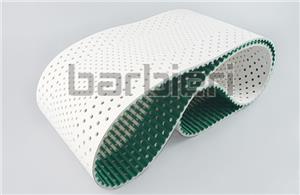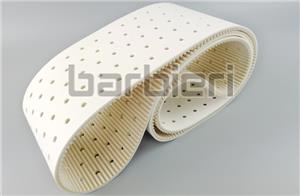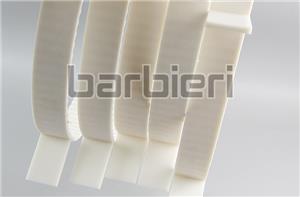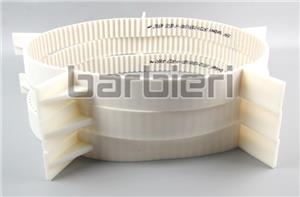Millised on ajastusratta pinnatöötlusmeetodid ja omadused?
There are many different surface treatment methods for timing pulley, each with its own characteristics. When choosing, it is necessary to comprehensively consider factors such as the material, use environment and transmission requirements of the timing pulley, and choose the appropriate surface treatment method to ensure the performance and service life of the pulley. Common surface treatments for pulleys include blackening, oxidation, galvanizing, nickel plating, phosphating, etc.
1. Blackening timing pulley
Blackening is one of the common surface treatment methods for synchronous pulleys, especially for steel pulleys. This treatment method forms an oxide film on the surface of the surface material through chemical surface treatment, effectively isolating the air to achieve the purpose of rust and corrosion prevention.
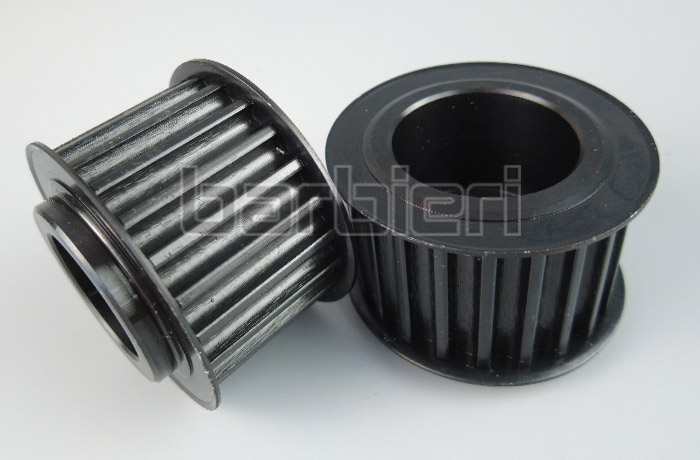
2. Anodized timing pulley and hard anodized timing pulley
Anodizing is mostly primary color oxidation or multi-color oxidation, which is often used for aluminum alloy synchronous pulleys. This treatment method forms an oxide film on the surface of the material through electrochemical surface treatment. This oxide film not only has excellent corrosion resistance, but also improves the hardness and wear resistance of the pulley. Hard anodizing is a special form of anodizing, which can form a thicker oxide film, further improving the wear resistance and service life of the pulley.
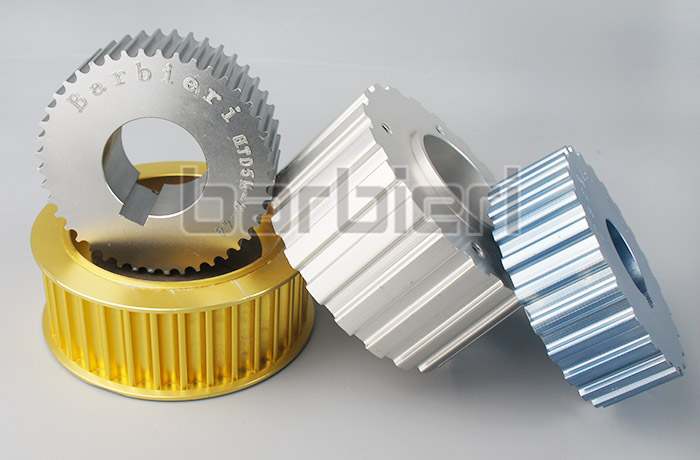
3. Galvanized timing pulley
Galvanizing is often used for the surface treatment of steel pulleys. A uniform and dense zinc layer is formed on the surface of the pulley through electrolysis. The zinc layer can effectively isolate air and moisture to prevent the pulley from rusting. The zinc layer also has good conductivity and weldability. The colors of the synchronous pulley galvanized are generally white zinc, blue zinc, and colored zinc.
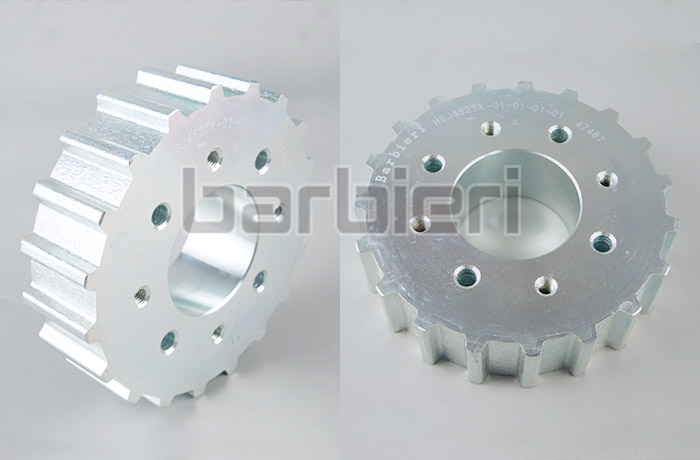
4. Nickel-plated timing pulley
Nickel plating can be used for the surface treatment of aluminum alloy or steel pulleys. A uniform and dense nickel layer is formed on the surface of the pulley through chemical reaction. The nickel layer has good corrosion resistance, hardness and weldability, as well as beautiful appearance.
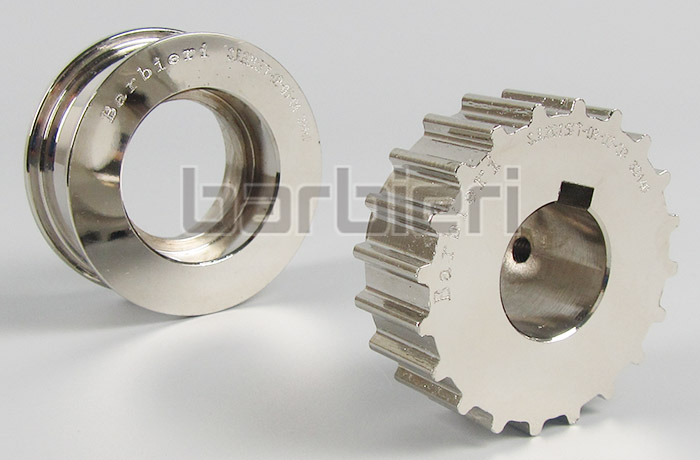
5. Phosphating
Phosphating is a widely used process for cast iron pulleys and steel pulleys. It forms a phosphating film on the pulley surface through chemical and electrochemical reactions. It has good adhesion and corrosion resistance, and can effectively improve the rust resistance of the pulley, allowing the pulley to work for a long time in a complex environment, greatly improving its service life. Phosphating can also increase the friction coefficient of the pulley surface and improve the transmission performance.
- Polüuretaanist hammasrihm
- Rõngakujuline hammasrihm
- Lahtise otsaga hammasrihmad
- AT-seeria hammasrihmad
- T-seeria hammasrihmad
- STD-seeria hammasrihmad
- HTD-seeria hammasrihmad
- RPP-seeria hammasrihmad
- TT5-seeria hammasrihmad
- Imperial seeria hammasrihm
- Toetatud polüuretaanist lamedate rihmade seeria
- Kahepoolne hammasrihm
- ATN-seeria hammasrihmad
- Tagaosaga hammasrihm
- Kangaga hammasrihm
- Hammasrihma mulgustamine
- Polüuretaanist isejälgiv hammasrihm
- Polüuretaanist profiiliga vöö
- Eritöötlusega hammasrihm

